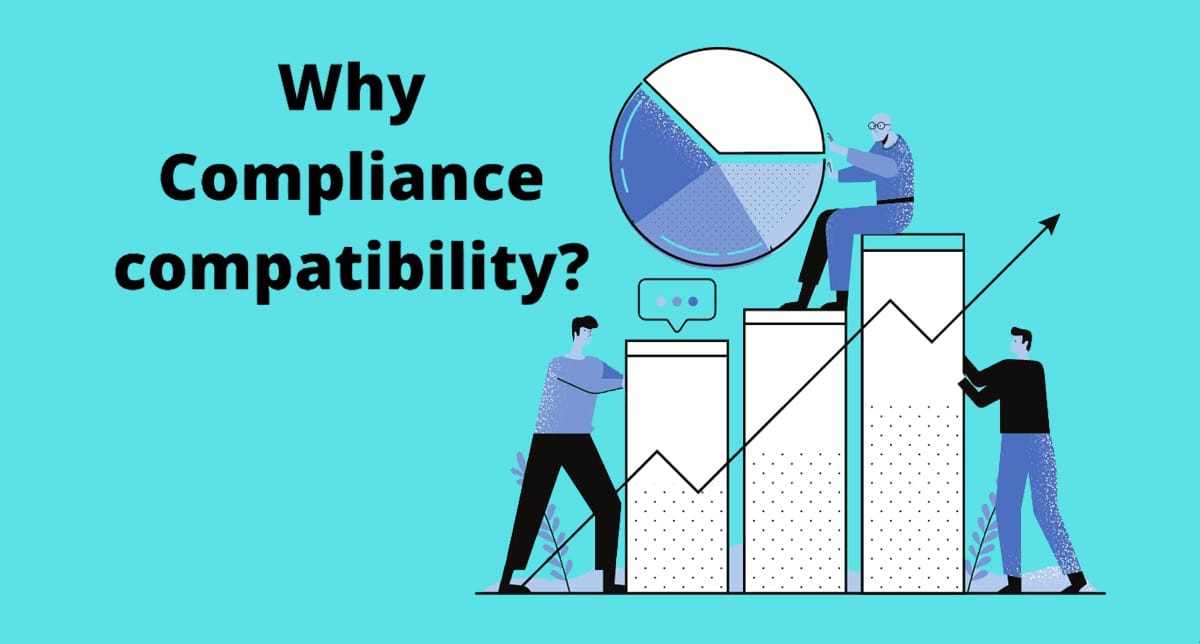In part 1 of this blog series, we explored a few key factors that businesses would do well to consider before selecting a compliance solution that can adequately meet their needs. Automation is an additional capability you must consider bolstering your compliance regulation measures. An automated compliance software can support the compliance strategies you have in place while also automating the processes for adhering to regulatory policy.
Such solutions can assist enterprises for various data compliance regulations that pertain to them – California Consumer Protection Act (CCPA), EU General Data Protection Regulation (GDPR) or anything else.
Regardless of industry, there are a few key capabilities to keep an eye out for when selecting a compliance solution. Let’s take a closer look at them.
- Management of Tasks
The mark of a good compliance management system is evident in its ability to manage tasks in a way that encourages collaboration as well as manage other aspects such as projects, policies, activities and so on. You can significantly enhance your business’ performance by automating your task management processes with compliance software so that deadlines can also be simultaneously met.
In addition to this an automated compliance management system can also enhance accountability through clear visibility of task assignment and due dates. This enables escalation of overdue tasks so they get completed.
- Risk Mitigation Abilities
Keeping an eye on evident risks that are evident and predicted risks is a core capability for compliance management. Automated risk management tools enable you to oversee every aspect of your business, assess the level of threat, allocate mitigation steps and maintain documentation of the entire process as it unfolds. In addition, tools such as these can help a great deal in minimizing risks posed to your company’s compliance by allowing for a higher degree of visibility into high-risk areas.
- Autogenerated Statements
It is imperative to have some kind of reporting system in place to ensure that your business is reaching its targets. In this regard it becomes obvious that Excel sheets that are manually updated have little to no effect. An alternative you could consider is a system that comes equipped with automated reporting capabilities that can help you quickly sort out overdue tasks, compliance data as well as evaluate risks.
This can play a major role in making sure that compliance is being adhered to in a timely fashion by automatically generating reports with a single command that elaborate on a full spectrum of sensitive data that is at risk. Such a process can also save you a great deal of time and money which would have otherwise been spent in cleaning up after a potential non-compliance mishap.
- Automated Change Management Procedure
Incorporating change into your managerial processes can be all the more difficult when you don’t have the right tools to help. But it is essential in order to stay ahead of competitors and improve your processes. An automated compliance system can help bring some semblance of order into any change that you would like to bring about into your business.
It can automate the process of editing policies, so you don’t have to police these changes manually. It eliminates the risk of manual errors due to human negligence. This also provides visibility into whether changes that are taking place in processes meet compliance requirements.
- Deployment Choices
The demands that each company makes with regards to its software deployment can vary to a great degree. There are two key solutions one that is on-premises or located where your company is or a cloud system which has low infrastructure requirements.
There are number of reasons why each has its own benefits but from a maintenance point of view with an on-premises system your company will have to rely on internal IT teams to manage any upgrades. Whereas when it comes to a cloud-based system most upgrades are done by the service provider. Another key distinction comes into play is the issue of security measures. A cloud-based system will have measures in the form of authenticity, permissions and encryption.
How to Identify the System That Fits Your Enterprise
Now that you are familiar with the capabilities of an automated compliance management software it brings us to a few additional factors to bear in mind while selecting one. The first thing to keep in mind is how efficient your current processes are and where you can begin to improve them. This requires a procedural audit that can highlight the most pressing compliance issues and also any other problems that present themselves. This will provide insight into what aspects of compliance are most critical for your business. Ultimately this insight provides a strong foundation for criteria you must consider when selecting a compliance solution that fits your enterprise requirements.
If you’d like to explore enhancing compliance management, the ComplyD team would be glad to help. Leverage our SAP-native data discovery and compliance enablement tool. Enjoy comprehensive visibility through a user-friendly, unified dashboard with analytics. You’ll be able to take pro-actively take steps to meet any compliance regulations for ANY industry or geography. Our scientific, robust DASH approach discovers vulnerabilities and secures and hardens your perimeter to meet compliance regulations and avoid regulations. If you’d like a taste of compliance simplified for your entire enterprise, please request a demo.




